Last updated on June 6, 2023

Vela the Night-Clad | Illustration by Allen Williams
A once recurring mechanic, intimidate now stands in the long line of defunct mechanics that restrict how a player can block attacking creatures. From fear to skulk to menace, these mechanics evolved to allow for easier gameplay and to give players more agency about when they can block.
Intimidate mostly affected various Limited formats, but the occasional powerful card slipped into Standard. The power of having your creature be unblockable in certain matchups can apply plenty of pressure. Intimidate gains extra power to ensure your damage connects, especially in formats like Commander where you know what color creatures your opponent can have. It also earned a rare 10 on the Storm Scale, discontinuing it from future sets.
So are you feeling intimidated yet? If not, let’s delve into what intimidate is and how it works in Magic!
How Does Intimidate Work?

Geth, Lord of the Vault | Illustration by Whit Brachna
A creature with intimidate can only be blocked by artifact creatures or creatures that don’t share a color with it. For example, if you attack with a black intimidate creature, only artifact creatures or other black creatures can block it.
The History of Intimidate in MTG
Intimidate debuted in Zendikar in October 2009. It first appeared on Halo Hunter alongside two cards that could conditionally gain intimidate, Guul Draz Vampire and Surrakar Marauder.
It's been in quite a few sets:
- Scars of Mirrodin
- New Phyrexia
- Innistrad
- Dark Ascension
- Avacyn Restored
- Magic 2014
- Theros
- Born of the Gods
- Journey to Nyx
- Magic 2015
- Commander 2014
- Commander 2017
- Gatecrash
Intimidate might have been printed in a variety of sets but it featured on very few cards with each appearance. Especially if you only count cards that naturally have it as opposed to those that have it conditionally or temporarily. Once considered potentially evergreen, intimidate has since been replaced by several other blocking restriction mechanics like menace.
Is Intimidate Dead?
Mark Rosewater declared intimidate (along with some other mechanics) as a 10 out of 10 on the Storm Scale, meaning it’s abandoned as a mechanic for future sets. So it is, unfortunately, dead.
Intimidate vs. Fear
Fear operates very similarly to intimidate. Intimidate requires the blocking creature be an artifact or share a color with the attacking creature, while fear requires the blocking creature to be an artifact or specifically black. So the two mechanics operate identically if you're comparing fear specifically to black intimidate creatures.
Intimidate vs. Menace
Menace is the newer version of a difficult-to-block mechanic. Menace states that a creature can only be blocked by two or more creatures. There are no restrictions as to what type of creatures can contribute to that multi-block, just that there are two of them.
Intimidate restricts what creatures can block based on the creature type (artifact), or if the blocking creature shares a color with the attacking creature. While both mechanics restrict blocking, how they restrict those blocks is very different.
Can Colorless Creatures Like Mutavault Block Intimidate Creatures?

Colorless non-artifact creatures like Mutavault can’t block intimidate creatures since colorless doesn’t share a color with anything.
Can a Multicolored Creature Block a Creature with Intimidate?
If the multicolored creature shares at least one color with the creature with intimidate, it can block it.
What Happens if an Intimidate Creature Changes Colors?
If the creature with intimidate changes colors before blocking then it can only be blocked by artifact creatures and creatures that share the intimidate creature’s new color.
What if a Colorless Creature Has Intimidate?
If a colorless creature has intimidate it can only be blocked by artifact creatures, since no color shares a color with colorless.
Gallery and List of Intimidate Cards
- Academy Raider
- Accursed Spirit
- Bellowing Tanglewurm
- Bladetusk Boar
- Blind Zealot
- Brain Weevil
- Cavern Lampad
- Cyclops Tyrant
- Flesh Carver
- Forlorn Pseudamma
- Geth, Lord of the Vault
- Halo Hunter
- Heirs of Stromkirk
- Highborn Ghoul
- Immerwolf
- Krenko's Enforcer
- Lifebane Zombie
- Mikaeus, the Unhallowed
- Sepulchral Primordial
- Spectral Rider
- Vela the Night-Clad
Best Intimidate Cards
A theme of the best intimidate cards is that if you removed intimidate they still likely make this list. Unfortunately intimidate doesn’t add much to powerful cards and often just prices you out of moderate-sized creatures that are either unblockable or useless in combat.
With that being said, let’s look at the best cards that feature intimidate, even if it’s often trinket text more so than a driving force as to why these cards are strong.
Sepulchral Primordial
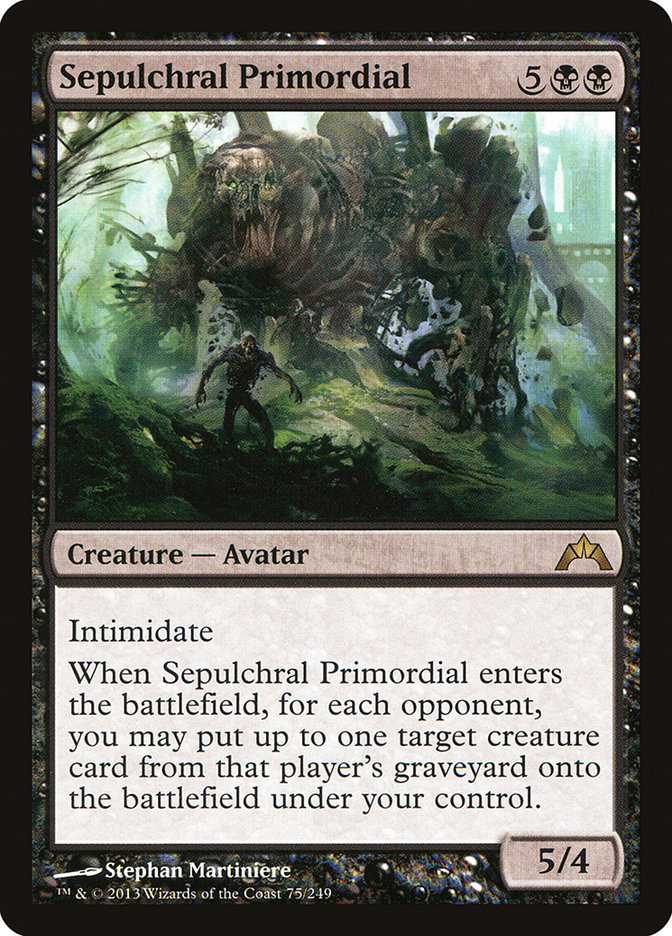
The black part of the Primordial cycle, Sepulchral Primordial reanimates a creature from each opponent’s graveyard under your control. Like all the other Primordial cards, this feels designed directly for Commander and has a massive impact when it enters the battlefield. While this is likely the strongest card with intimidate, the mechanic feels like trinket text on a card that’s so powerful with or without it.
Geth, Lord of the Vault
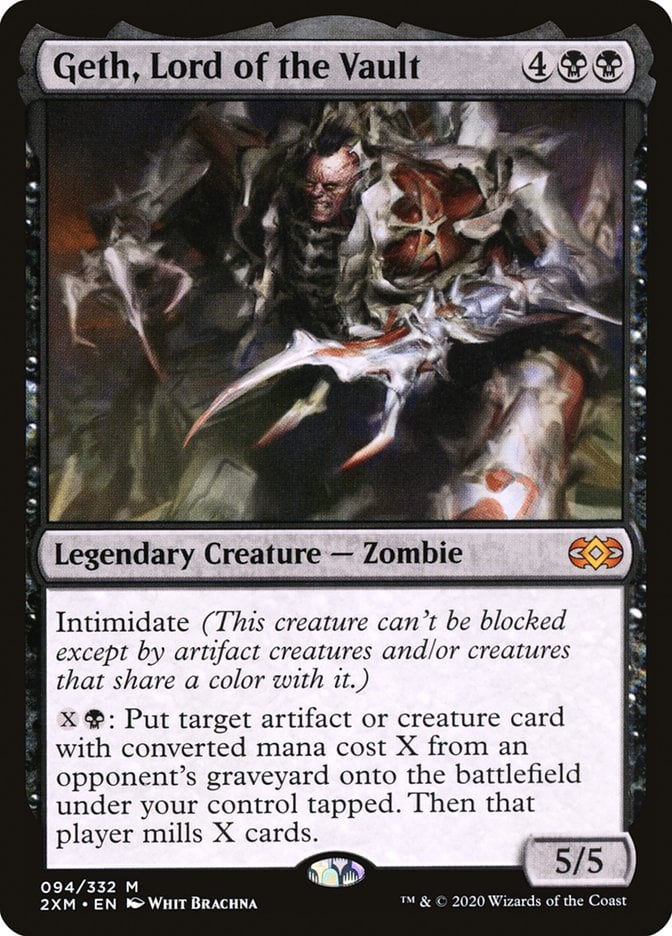
A big reanimator on a stick, Geth, Lord of the Vault allows you to fuel your battlefield with the discarded corpses of your opponents’ creatures. And once you’ve used those it mills more cards to make sure you have more targets to revive.
A 5/5 is also a big enough body that intimidate starts to matter, especially if Geth is your commander. An overall powerful card with plenty of good uses in EDH, but ultimately powerful from its activated ability and not intimidate.
Bellowing Tanglewurm
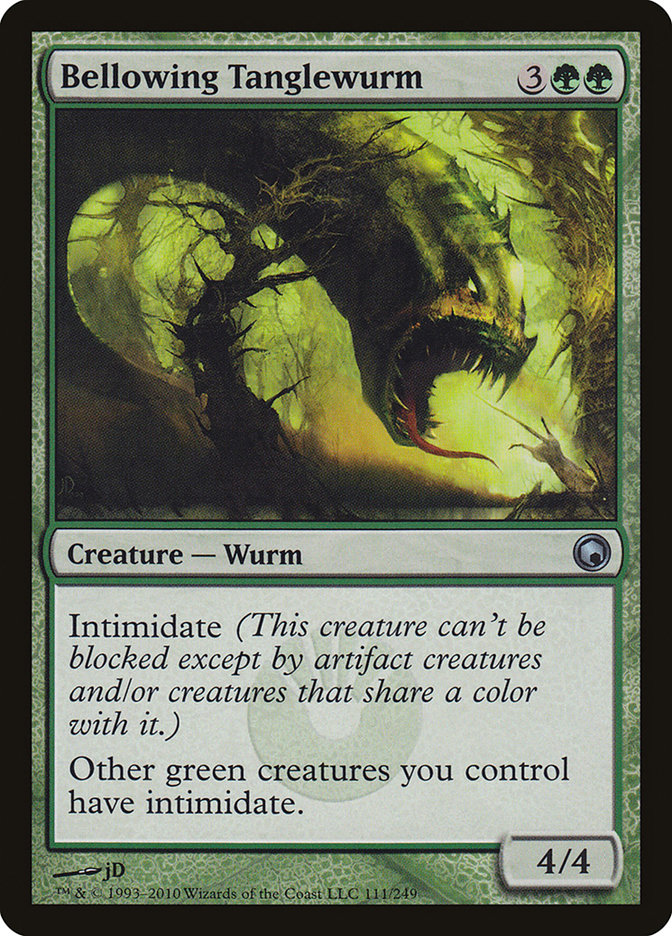
A 4/4 for five mana is fairly stock standard nowadays, especially in green. So if the size isn’t the appeal to Bellowing Tanglewurm, why is it on the list?
Well, what if your 4/4 for five mana in your green creature deck gave all your other threats intimidate? Tanglewurm can instantly win the game against non-green, non-artifact decks by making all your threats unblockable. While it’s hard to make live in multiplayer games, you can often kill one or more players if you can sneak this card into play when the shields are down.
Immerwolf
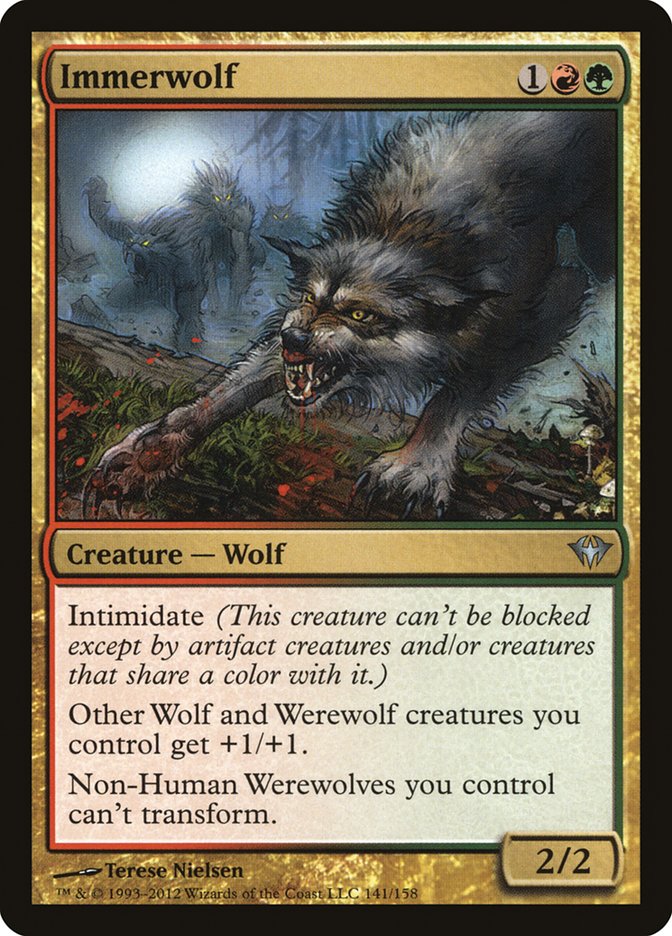
A wolf and werewolf lord that prevents your werewolves from transforming back to humans, Immerwolf saw slight play in Standard in decks with Huntmaster of the Fells. But its biggest strength is making sure your werewolves stay in their bigger form while also getting pumped by its static ability. Once again intimidate unfortunately feels like trinket text since a 2/2 with no damage trigger isn’t particularly threatening.
Vela the Night-Clad

A card crafted specifically for Commander, Vela the Night-Clad has intimidate and gives it to other creatures you control. This can swing the race in late game situations or help make sure your creatures go unblocked for effects like ninjutsu. Paired with the triggered ability on Vela that damages each opponent for one life whenever a creature you control leaves the battlefield, sneaking in ninjas can pull double duty getting a multitude of triggers easily.
Wrap Up
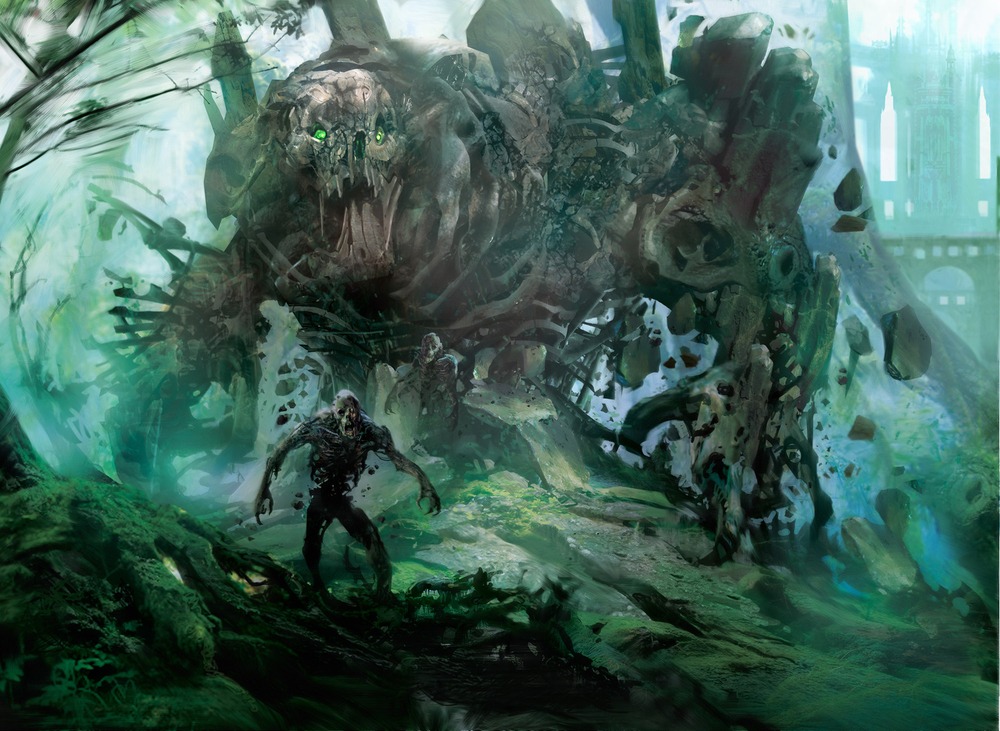
Sepulchral Primordial | Illustration by Stephan Martiniere
Intimidate is a feast or famine ability. It can easily swing matches and feel incredibly oppressive when it gives your creatures unblockable. But when it doesn’t line up its text doesn’t do anything and can create situations where you’re overpaying for the body of a creature that won’t be able to get in. I don’t think effects with that variable of an impact are particularly fun in Magic and the direction WotC trends towards now with mechanics like menace that always give the defender options and choices are more interesting.
While we aren’t likely to see any more cards with intimidate, I think the power level of the cards we have now aren’t overly oppressive. But the best cards also do very little to leverage intimidate. Instead they’re powerful cards that just happen to have intimidate.
What do you think of Intimidate? Do you prefer that style of mechanic, or newer blocking restriction mechanics like skulk and menace? Let me know in the comments down below or over on the official Draftsim Twitter.
Stay safe, and thanks for reading!
Follow Draftsim for awesome articles and set updates:
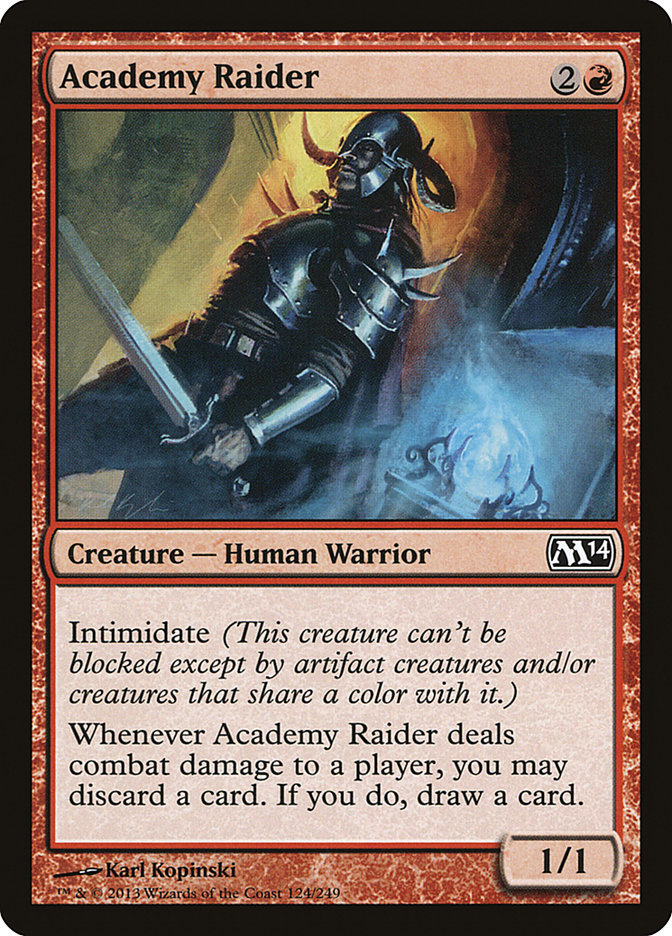
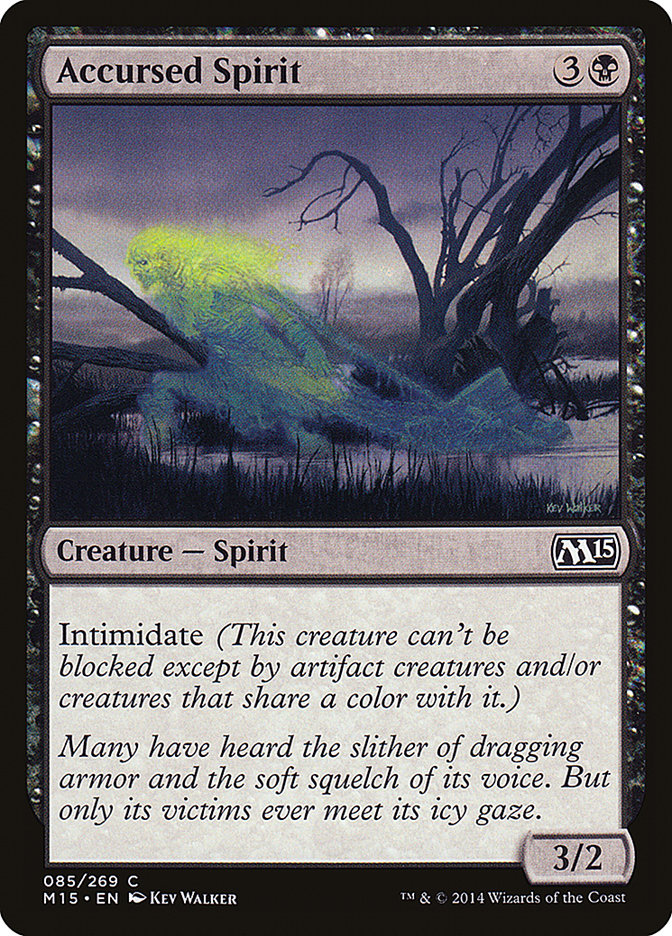
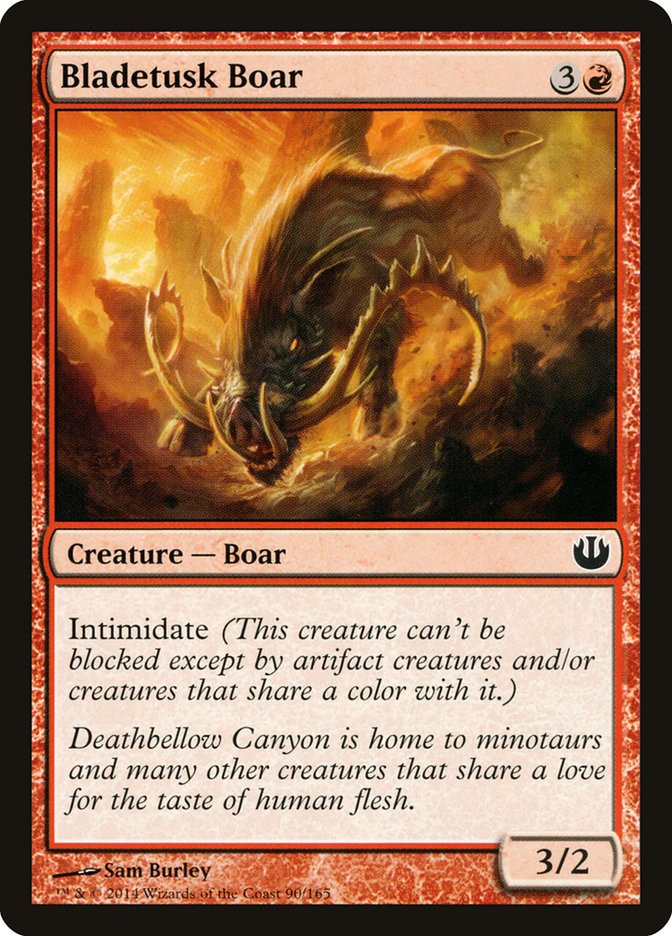
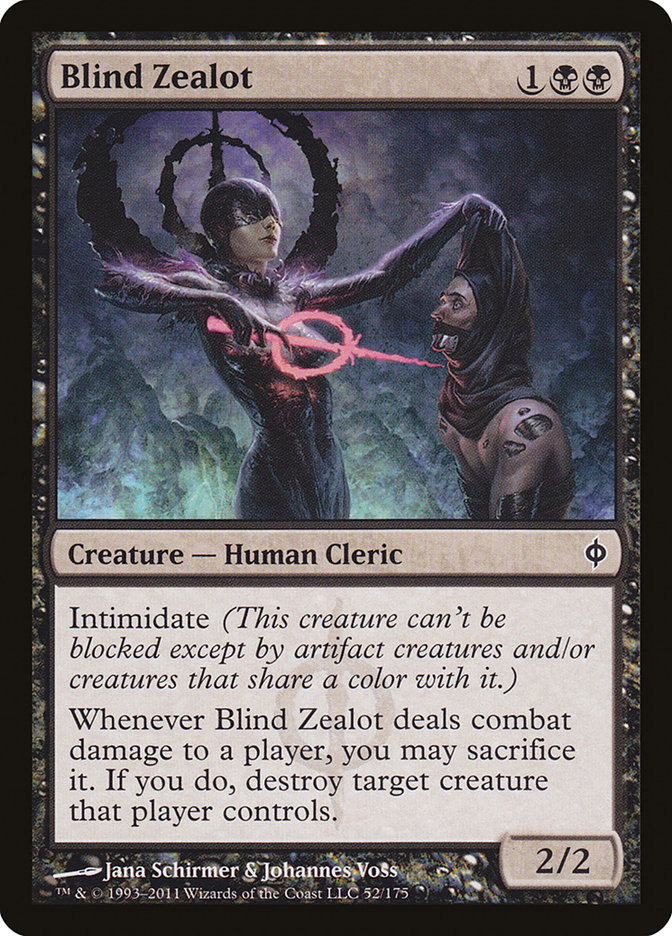

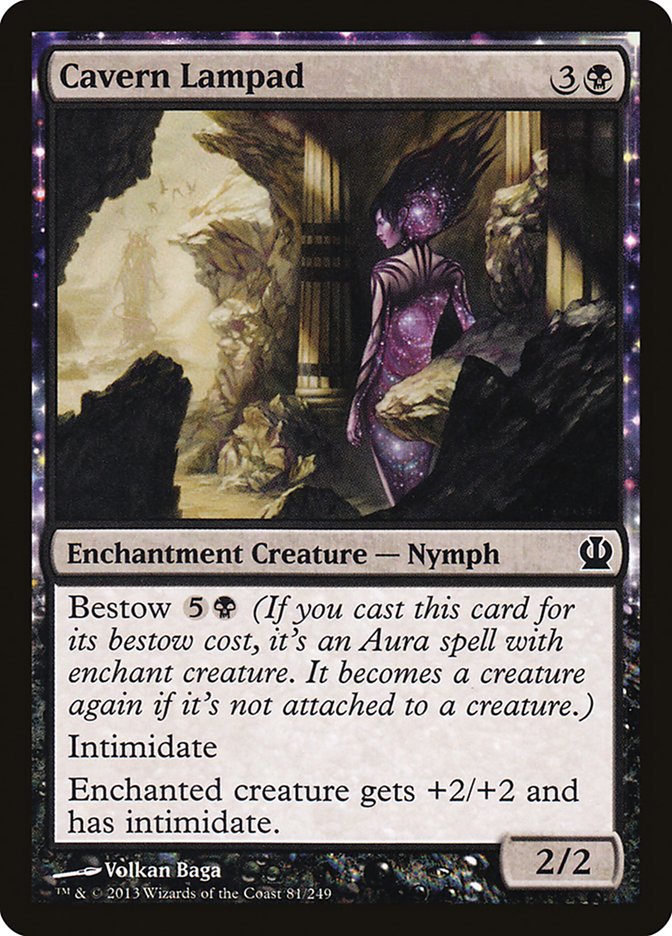
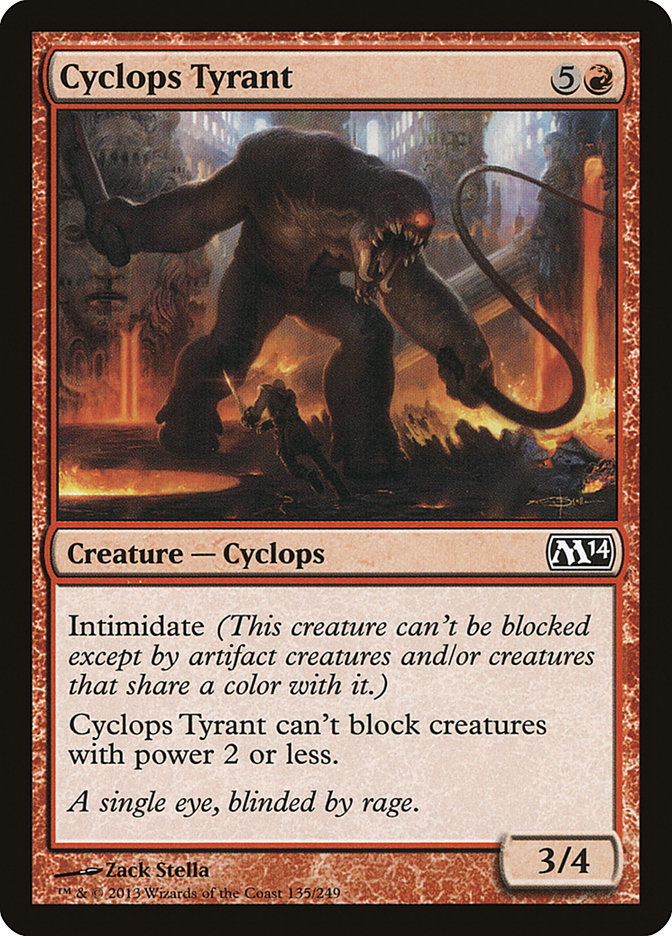
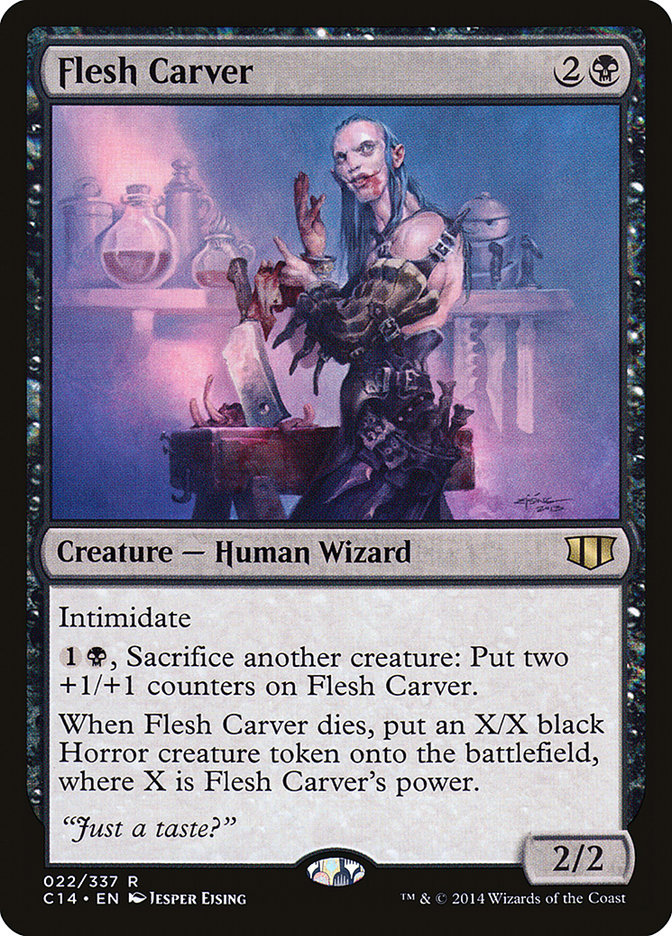
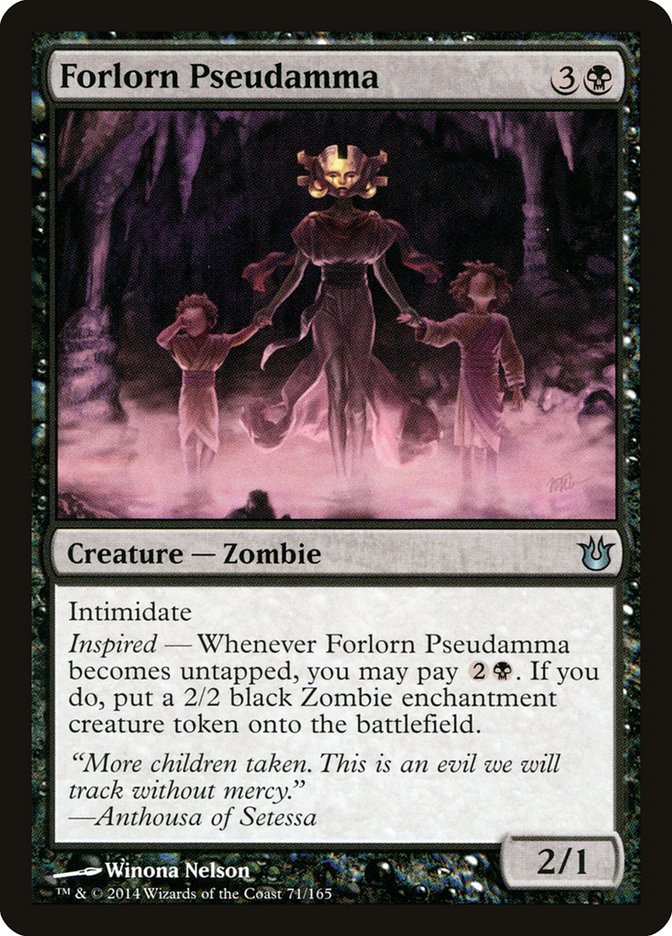

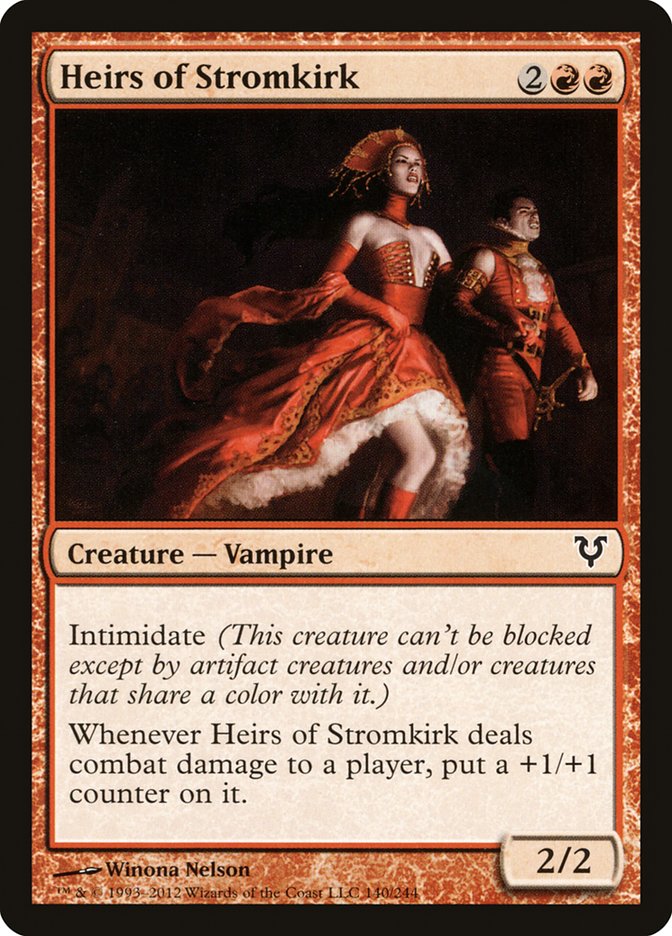

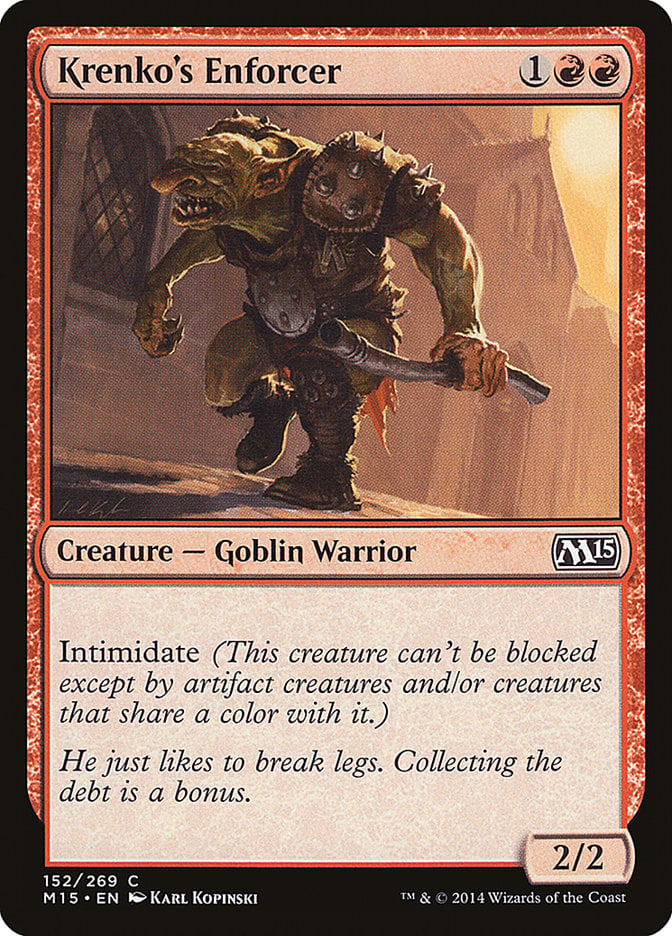
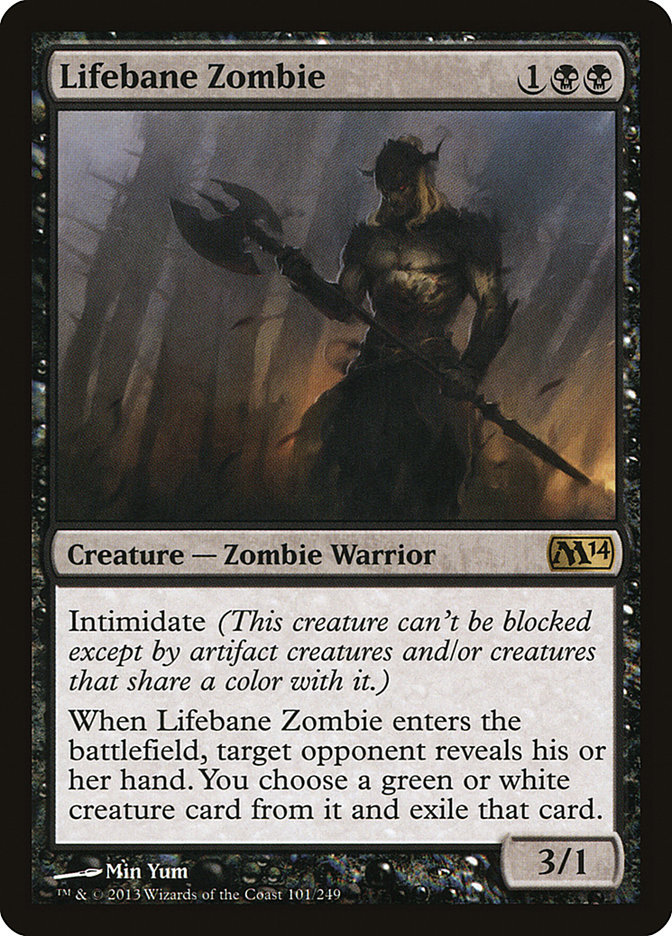
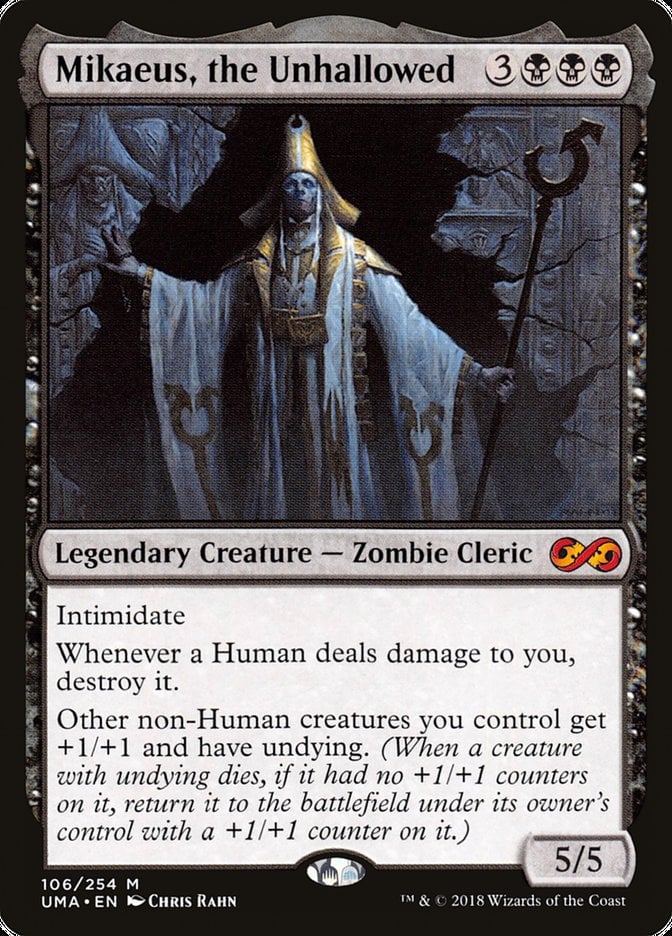


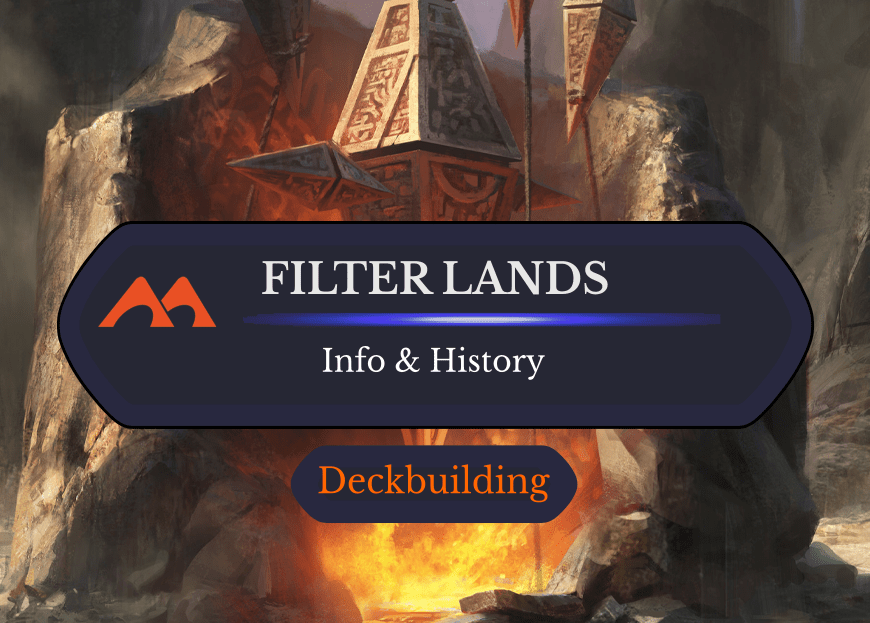
Add Comment